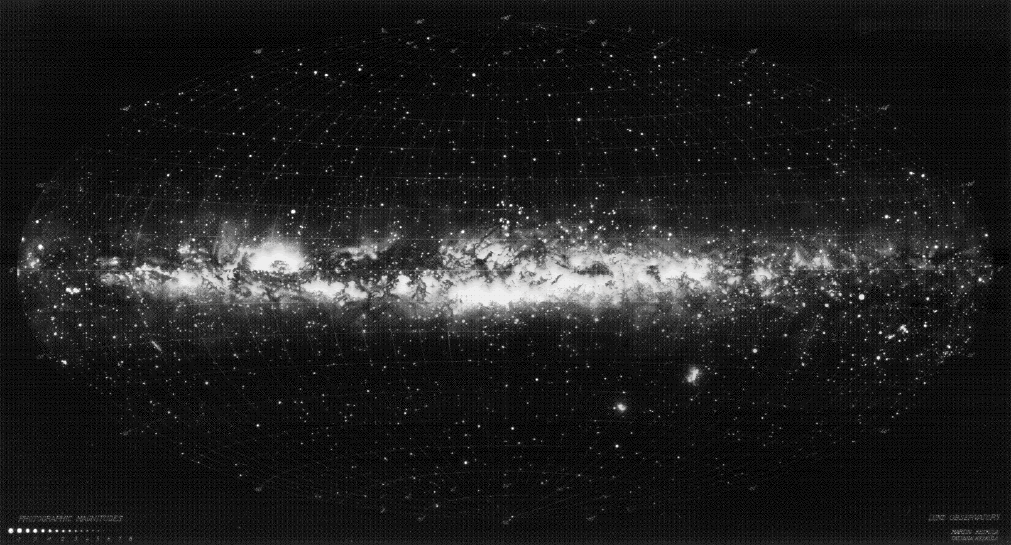 How much light illumination would the sky provide during a voyage out towards the stars?
How much light illumination would the sky provide during a voyage out towards the stars?[An Astronomical paper by A. Ahad]
Copyright © 2004 Abdul Ahad. All rights reserved.
Article compiled April 2004, posted: 10 July 2004

This page is out of date. You can view a clean, ads-free version of this article on www.astroscience.org.
Clearly, stars in themselves are very bright sources of light providing illumination throughout our galaxy. But if we excluded all light emanating from the Sun "How bright would the night sky be overall?", "How much starlight does the universe actually throw at us?", "How bright are the vast regions of empty space _between_ stars in the solar neighbourhood?", "How much light is illuminating objects in the Oort cloud?", "How much overall light illumination would a starship sailing out beyond our solar system, experience?" "How much light is illuminating non-luminous gas and dust in interstellar space?"
This paper provides an analytical estimate of the cosmic night sky's visual integrated brightness, as seen from an interstellar location. The originality of the method behind this work and its robustness was first discussed across several newsgroups in the 'sci' category back in July 2004, and subsequently acknowledged by Dr. Roger Griffin at the UK Institute of Astronomy, Cambridge and the Papers Section of the British Astronomical Association, London.
